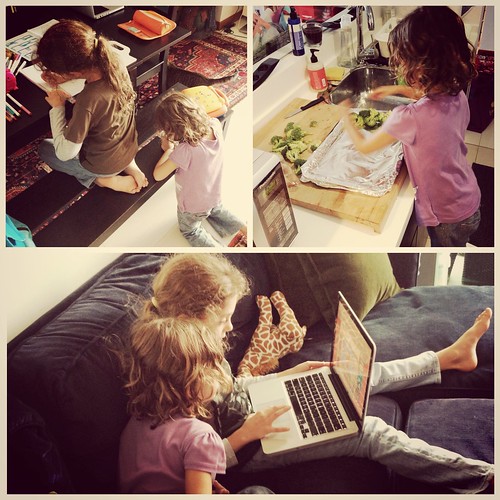It’s rush week in Boulder as I’m guessing it is or recently was on college campuses around the U.S.
Given the recent floods, this means the flood relief stations are filled with fraternity and soroity members and potential members.
I’m sorry, did I say flood relief stations? I meant Starbucks and beer pong tournaments.
To be clear, I have no beef with the Helenic system or any of its offshoot. One of my sisters joined a sorority when she was in undergrad, and I have no doubts her sisters were a support mechanism when life got difficult.
Still, I cannot shake the coincidence and lack of overlap of these two events.
Curious, I’ve started looking at the webpages of local chapters and their national organizations. Though I haven’t reviewed them all, I’ve yet to find a fraternity or soroity that doesn’t profess a committment to philanthropy. Taken together, they provide a laundry list of charitable causes and events, many connected to national non-profits.
I wonder, though, what it might be like if these brothers and sisters replaced this year’s rush events and said, instead, to their potential pledges, “We are doing away with the pomp and circumstance this year. Our community and its neighbors are in need, and we are about family and service. We are about pulling together in times of need.” Instead of some of the events I’ve seen around Boulder, what if these organizations carpooled to those areas most affected by the recent floods and said, “You have all the time we can spare.”
I can think of no greater test of the mettle of those hoping to join, and no greater example of the kinds of organizations they hope to attend.
Of course, this is no different than those systems with which I’m most familiar.
A student arrives at school, is tested in a subject, say reading, and found wanting. The school moves to act in the ways they’ve planned in the flowchart of approved interventions. “This kid needs to read,” they say, “We will follow our plan to help the reading occur.”
Perhaps, though, there are more immediate needs than can be accounted for in the standard interventions. Perhaps this child has a home in which he barely sleeps through the night. Perhaps it is not that he cannot read, but that he cannot focus because of the hunger he carries with him as he falls asleep at night and that greets him when he wakes in the morning.
These interventions, like the honorable and planned philanthropy of the fraternities and sororities, are not the problem.
The problem is seeing the needs you are meeting as the only needs that matter. While this may be true to you, it is often furthest from the truth from those you seek to serve.
Improvisation is not only best, it is necessary as well.

